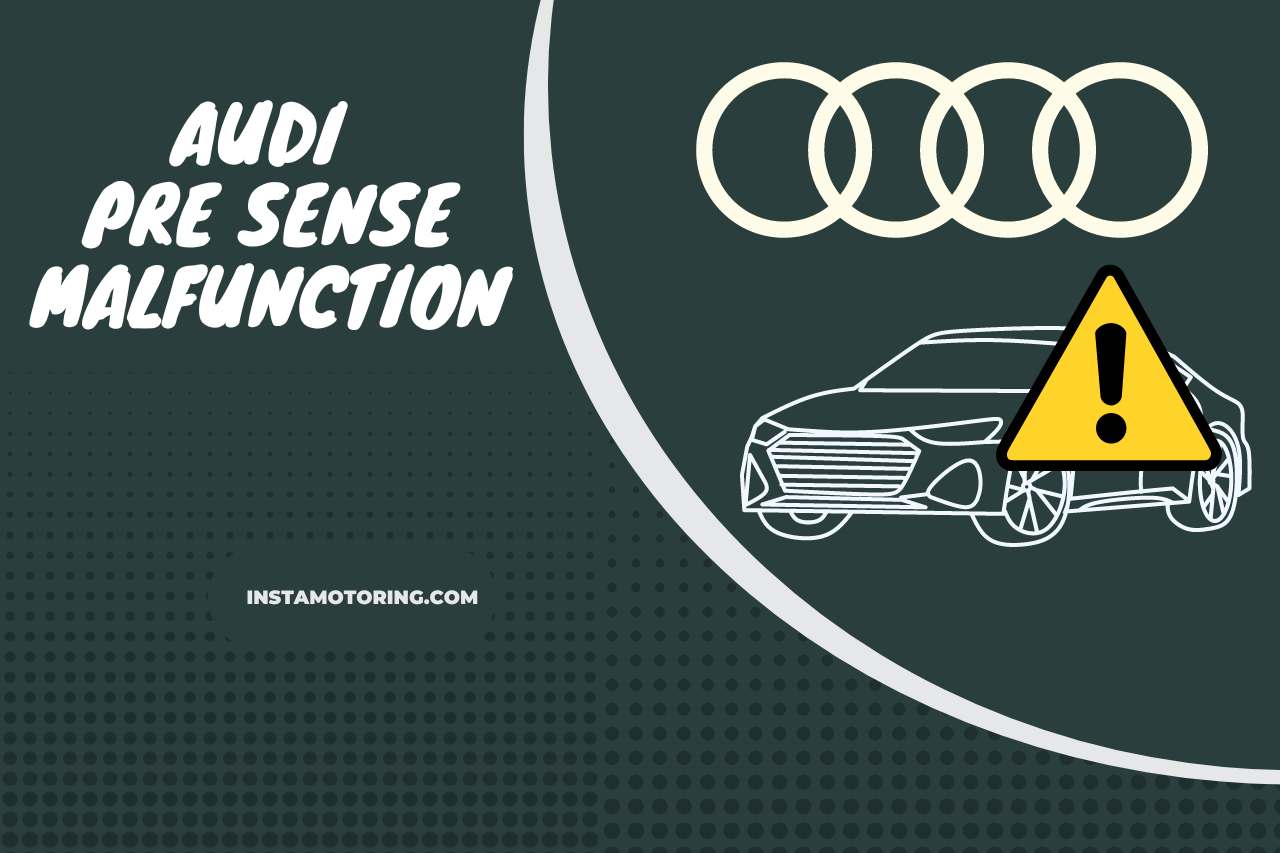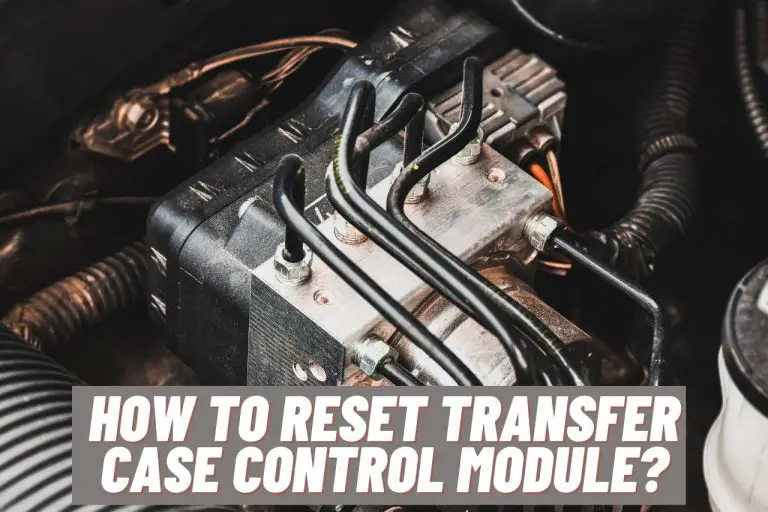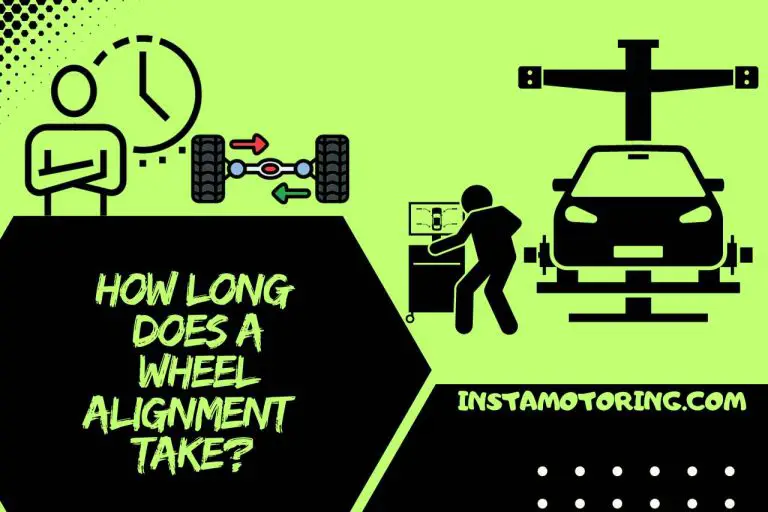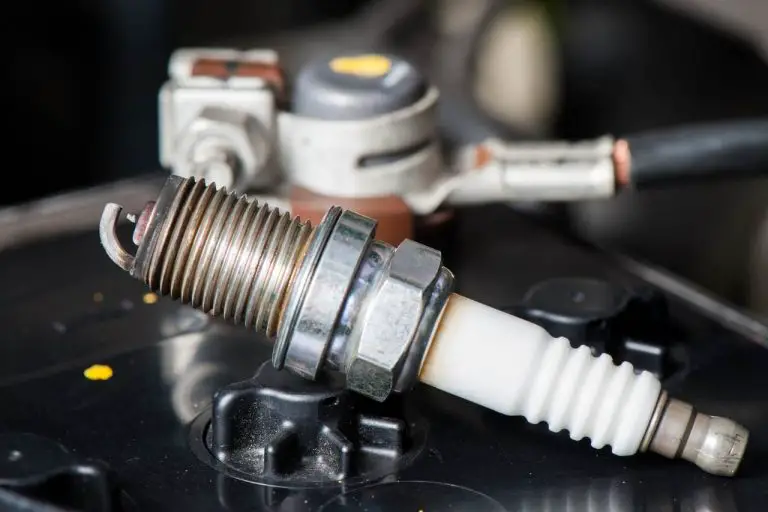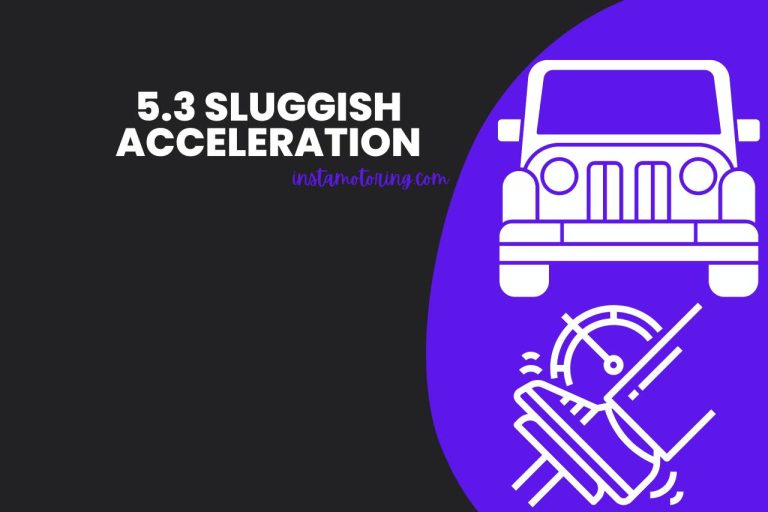Audi Pre Sense Malfunction – (Common Issues and Remedies)
Audi has been known for its advanced safety features, and the Audi Pre Sense system is one of the most innovative. However, even the most advanced systems can sometimes malfunction, and when it comes to the Audi Pre Sense system, it’s important to understand what can cause it to fail. In this article, we’ll explore the common causes of Audi Pre Sense malfunction and how to troubleshoot them, so you can stay safe on the road. So, if you’re an Audi owner experiencing issues with your Pre Sense system, read on to learn more about what could be causing the problem and how to fix it.
What is Audi Pre Sense and Why is it Significant?
Audi Pre Sense is an advanced safety technology integrated into Audi vehicles. Its main role? To detect potential collisions and initiate preventive measures.
Leveraging sensors, cameras, and cutting-edge software, it continuously monitors the car’s environment. When a potential threat is spotted, it might sound warnings, pre-tighten seat belts, adjust seat positions, or even engage emergency braking.
The significance of Audi Pre Sense is profound; it’s not just about reacting to hazards but anticipating them. For drivers and passengers, this means an added layer of protection, providing peace of mind and making journeys safer in an increasingly unpredictable world.
How Does Audi Pre Sense Function Under Normal Circumstances?
Under normal circumstances, Audi Pre Sense operates as an advanced safety system designed to proactively detect potential hazards and respond to them to protect the vehicle’s occupants.
Audi Pre Sense primarily uses radar sensors, cameras, and other complex technology to constantly monitor the vehicle’s surroundings. When it identifies a potential collision threat, be it with another vehicle, pedestrian, or obstacle, it kicks into action.
Initially, the system might provide visual or auditory warnings to the driver. If no corrective action is taken, it can initiate preventive measures like pre-tightening seat belts, closing windows, adjusting seat positions, or even activating emergency braking.
The beauty of this system lies in its anticipation and early reaction to dangers, giving drivers an extra layer of protection. By understanding and trusting the functionality of Audi Pre Sense, drivers can feel more secure, knowing they have sophisticated technology on their side to help avert potential accidents.
What Are Common Indicators of an Audi Pre Sense Malfunction?
There are a few indicators that can signal a potential malfunction in the system. These include warning lights, false alarms, reduced functionality , lack of response and Audible Alerts.
One of the most straightforward indicators is a warning light or message on the dashboard. If the system identifies an issue, the instrument cluster might display messages like “Pre Sense: Restricted” or other similar alerts.
Another sign could be if your Audi frequently gives false warnings or initiates emergency braking without any apparent threats.
On the flip side, a malfunction might also be indicated if the Pre Sense system doesn’t activate or warn the driver in situations where it ideally should.
Persistent alerts suggesting that sensors are blocked, even after you’ve cleaned them, can hint at system errors or faulty sensors. Finally, unusual or continuous beeping sounds without any visible threats can also be a red flag.
It’s vital for Audi drivers to be aware of these signs. Though the Pre Sense system is designed to enhance safety, malfunctions can hinder its performance.
Ensuring regular check-ups, cleaning sensors, and seeking advice from an Audi specialist when such symptoms arise will keep your vehicle in peak condition and its safety features effective.
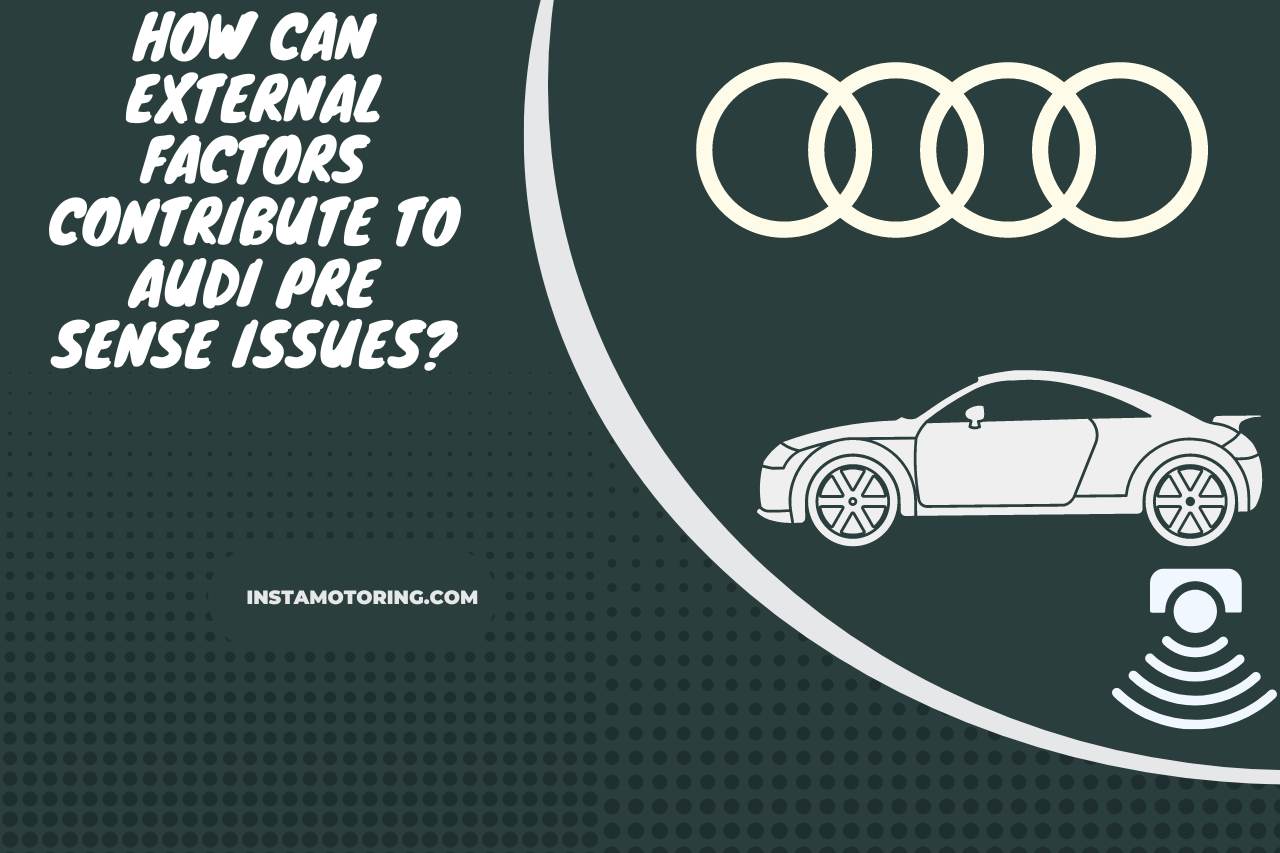


How Can External Factors Contribute to Audi Pre Sense Issues?
One of the most common external factors that can contribute to Audi Pre Sense issues is the weather. Heavy rain, snow, and fog can all obstruct the sensors and cameras that the system relies on to detect potential hazards.
Similarly, mud, dirt, or debris accumulating on the car’s exterior can negatively affect sensor performance.
Reflections from bright sunlight or wet roads may also confuse the system, causing false alarms or, in some cases, reduced responsiveness.
Additionally, nearby electronic devices emitting strong electromagnetic fields might interfere with the system’s electronic components.
For optimum functioning, it’s crucial for drivers to be aware of these external influencers and ensure that the vehicle’s sensors are clean and unobstructed.
Regular maintenance and checks can help maintain the efficacy of the Audi Pre Sense system amidst varying external conditions.
Are There Known Software Glitches Impacting Audi Pre Sense?
Yes, there have been reports of glitches affecting Audi Pre Sense software. According to customer complaints, the system may malfunction and trigger warnings or emergency braking without cause.
Audi has acknowledged the issue and has issued a software update to address it. It is recommended for Audi owners to check with their dealership or mechanic to ensure that their vehicle’s software is up to date.
It is also important to regularly check for any recalls or safety updates related to the vehicle.
FAQ
Why Did My Audi Shut Off While Driving?
Audi may have stopped due to fuel or electrical issues. Sometimes, a failing fuel pump or a clogged filter restricts fuel flow. On other occasions, faulty ignition switches, batteries, or alternators can disrupt the car’s power.
Modern Audis lean heavily on computer systems, and any malfunction here might lead to the engine shutting down.
Overheating from a challenged cooling system or transmission troubles, though less common, can also cause such disruptions. For any such occurrences, it’s wise to seek advice from an Audi specialist for an accurate diagnosis and subsequent repair.
Does Audi Turn Off by Itself?
Yes, certain Audi models have an auto stop-start system for fuel conservation and emission reduction. In typical urban settings like traffic lights or jams, the engine might shut off to save fuel. It quickly restarts once the driver is set to move.
This feature is influenced by factors like engine temperature and battery charge. While it can be manually overridden, it defaults to fuel-saving mode upon the next engine start.
If this feature feels unfamiliar or seems erratic, it’s a good idea to check with an Audi service center for clarity.
Watch this one,
Video Credits – Audi Manhattan



My name is James, I work as an Automotive Designer with 9 years of experience. I also work as a mechanic and vehicle inspector. I love deciphering complicated car exteriors and interiors and resolving fluid and oil troubles. InstaMotoring.com is here to help you troubleshoot your car with dependable and expert help.

